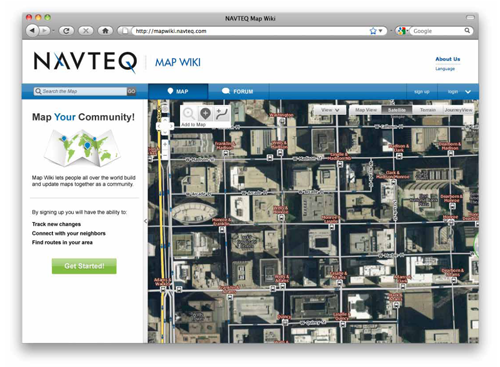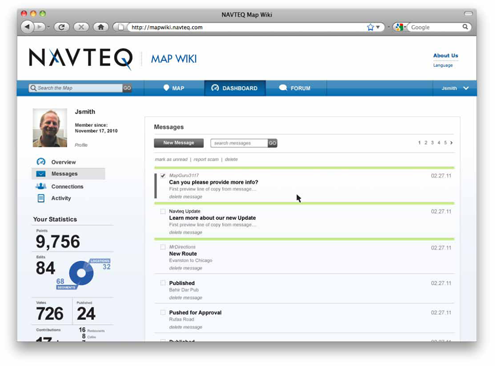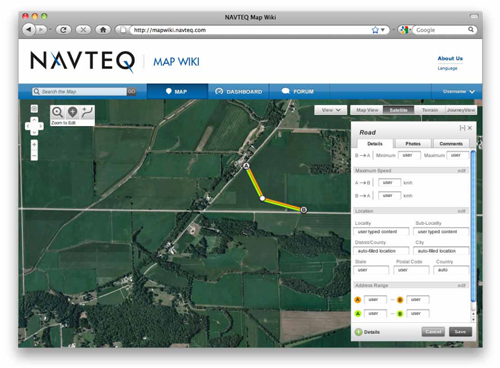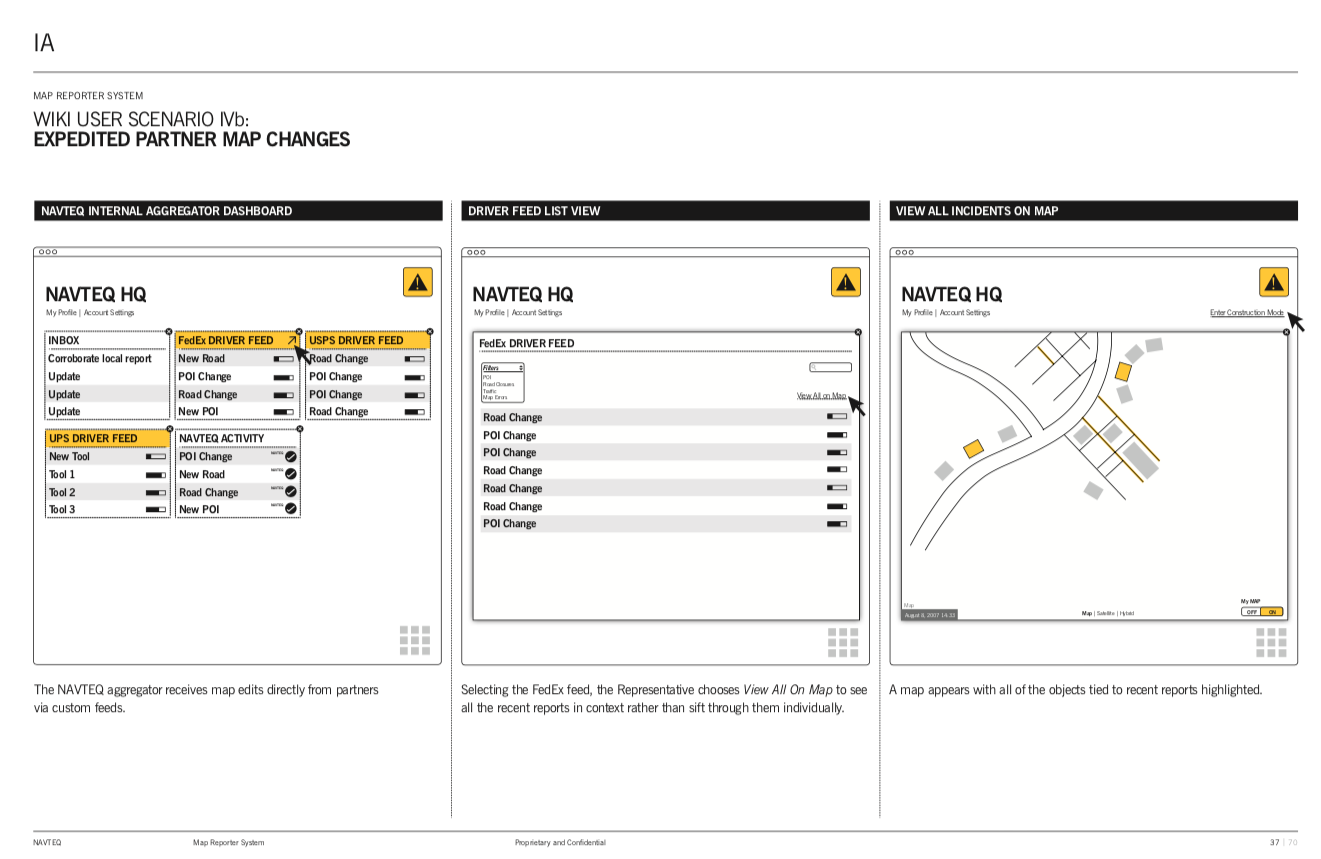
< BACK TO WORK LINKEDIN CONTACT RESUME
|
Manager of Interactive Design | Data-driven mobile mapping innovation I staffed and managed a global, multidisciplinary team of 10 visual and UX designers and researchers servicing departments across the org and managed $3MM external agency projects. I led brainstorming, conceptualization, architecture, design and execution for mobile, web, tablet, auto, personal navigation devices — taking complex data sets and parsing down to simple, engaging experiences. The day that I was hired at NAVTEQ, we were bought by Nokia for $8.1 Billion. The role changed almost immediately to one of innovation. How could we get our map into the 6 billion Nokia phones in the world? Much of our product had to be designed for the iPhone and other Android/Windows smartphones (since Nokia didn't have one quite yet) and we had to shoot for the future where Nokia wasn't yet. And, as indicated by the original iPhone in most of these mockups (how things have changed in 10 years, huh?), we were imagining many ideas like routing, points of interest, advertising, virtual reality, etc... WAY before they were as ubiquitous as they are today. |
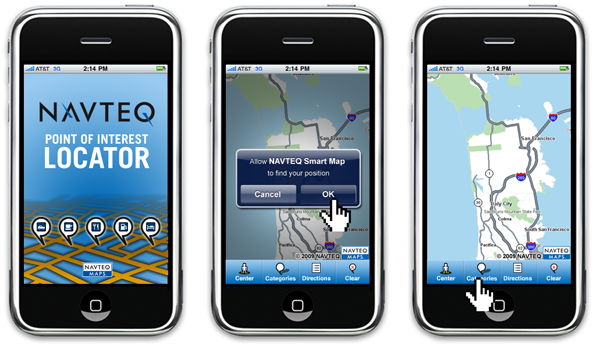 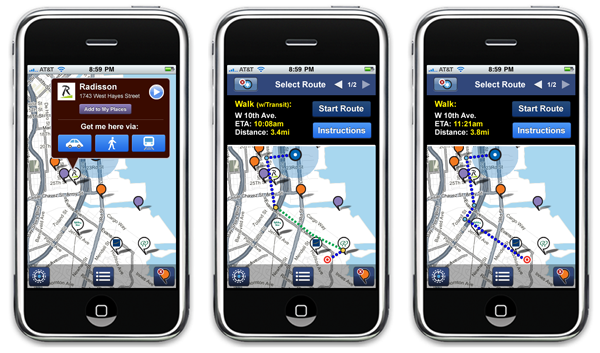 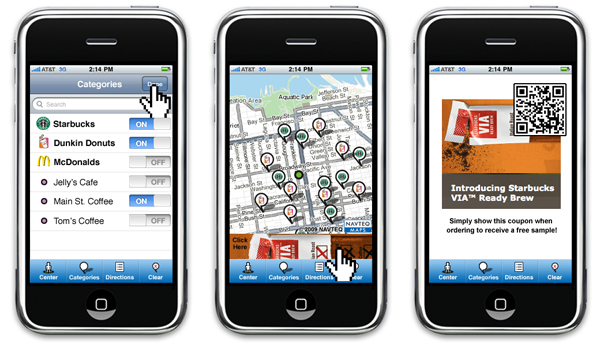 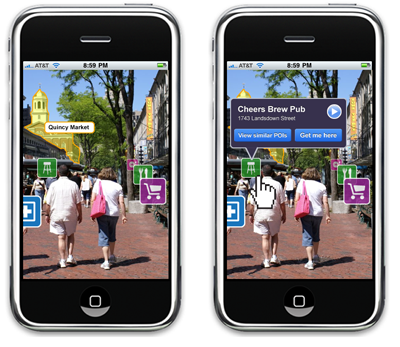 | |||||
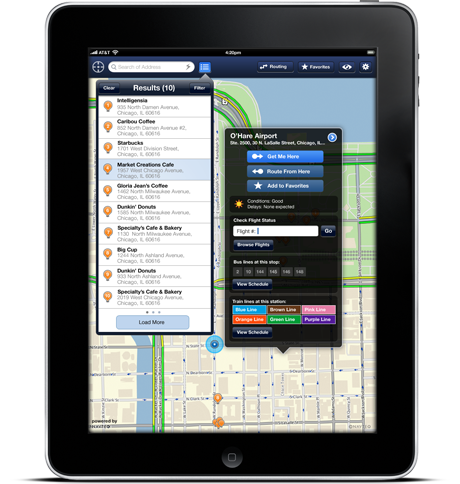 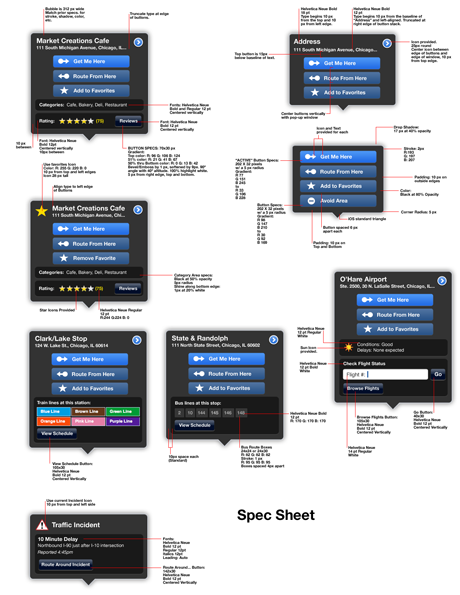 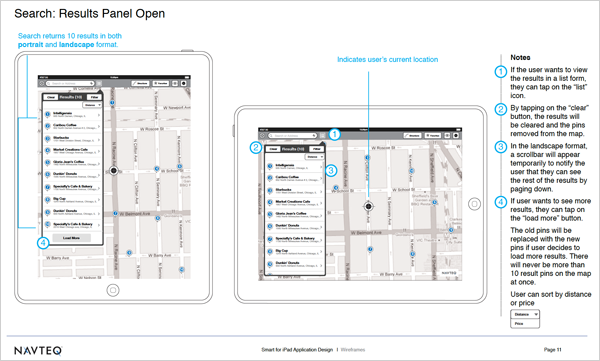 | ||||||
The Map Wiki/Map Reporter project allowed users to help NAVTEQ build our global map. This was especially important in emerging markets and in fact I sent a UX contingent to Ethiopia to research the unique connectivity and infrastructure constraints in these markets. For the visual design, I was art director working with IA Collaborative in Chicago. This project paved the way for the Map Creator by Here Inc. which you can see today. |
| |||||
We designed this indoor mapping app for use in malls and office buildings which went into production and was successfully launched in several markets. |
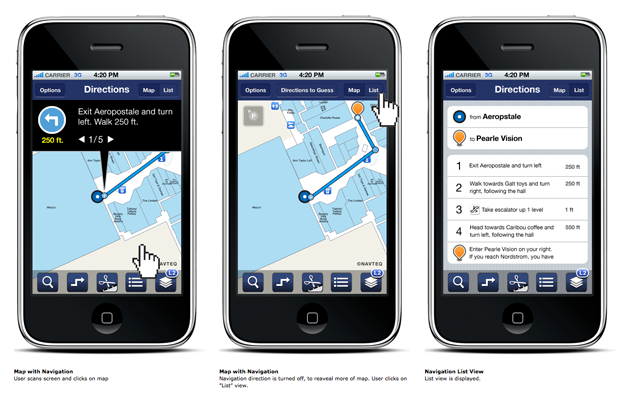 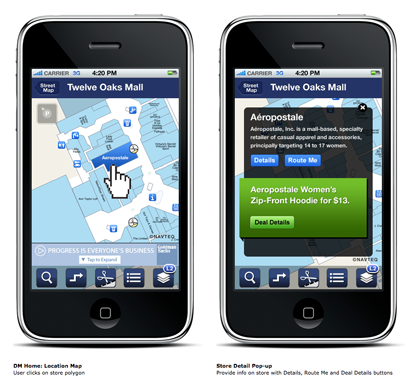 | |||||
We worked closely with and designed applications for companies like BMW, Mercedes, Fiat, and Chrysler on their in-dash navigation screens, helping them reimagine their legacy and clunky interfaces. We also now had the power of mobile devices enabled to communicate directly with the in-dash screen and subtly took advantage. |
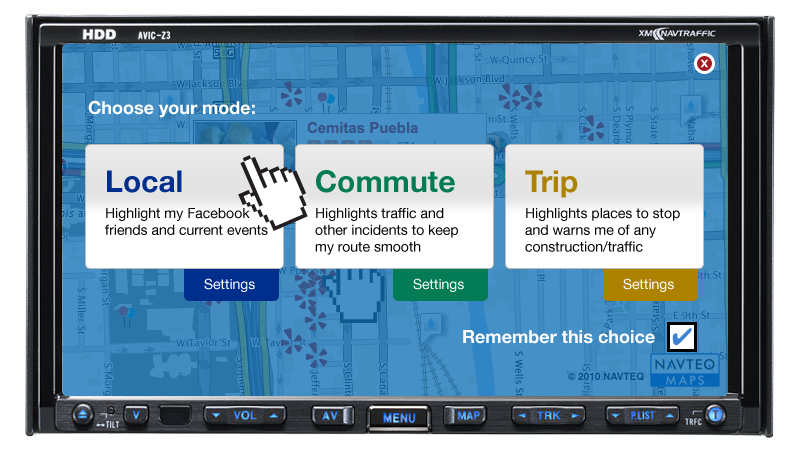 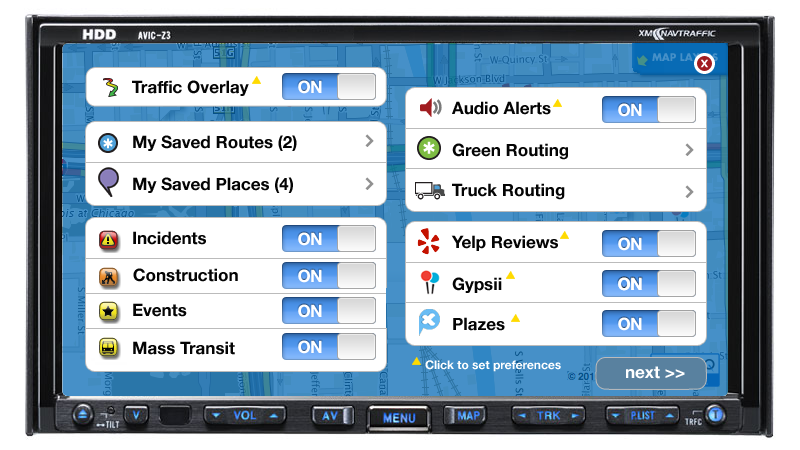 | |||||
| WORK INDEX
PREVIOUS
NEXT |
